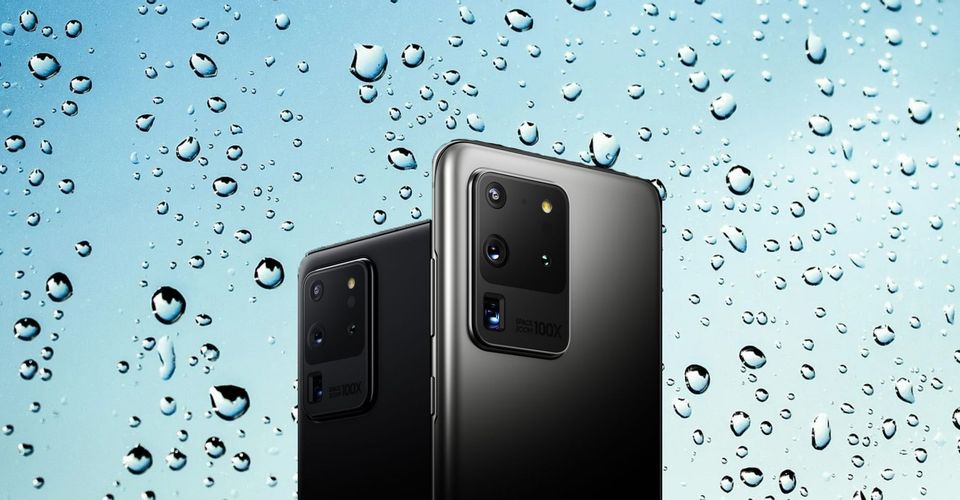Is The Samsung Galaxy S20 Waterproof? Water Resistance Rating Explained

The new Samsung Galaxy S20 boasts an IP rating of 68, indicating a certain level of resistance to dust and liquid, but what does that mean exactly? Is it waterproof and how waterproof is it? Furthermore, does the rating vary between the Galaxy S20, S20 Plus and S20 Ultra models? IP ratings are quite nuanced, so it is important to know all of the details before dunking a new phone in the pool or aquarium.
Samsung has been leading the market in water resistance for years, with many of its recent flagships having an IP rating. The Samsung Galaxy S20 phones are the latest in Samsung’s S series lineup, sharing the spotlight with the Galaxy Note series for top of the line, flagship features. The company has consistently loaded up the S series with market-leading specifications, and often the first with the latest technologies. From the 40 megapixel, 100x zoom camera to 5G support in both sub-6 and mmWave, the Galaxy S20 phones have it all.
Every Galaxy S series phone since the S7 has had an IP68 rating, so owners of any of these types of phones may already have a good idea of how waterproof they can be. The Samsung Galaxy S20 and S20 Ultra share the same IP68 rating, according to Samsung’s website, which is an international standard. The first digit, the 6, rates the dust resistance and indicates that no dust can enter the phone whatsoever. The second digit, the 8, measures water resistance. Note that the IP68 rating should include a water depth measurement as well, because that can vary from device to device. If a phone is rated IP68 to 1 foot, then that is the maximum depth allowed. There isn’t a default depth that is associated with this water resistance rating. For Samsung, the allowable depth is 1.5 meters, which is 5 feet for those not yet onboard with metric. However, there is even more to consider before diving with a shiny new IP68-rated phone.
Little Known Details Of An IP Rating

Now that it is clear a Samsung Galaxy S20 or S20 Ultra can be submerged in liquid as deep as 1.5 meters. The next thing to consider is the time it can stay submerged, which is 30 minutes. This is a fairly long time when it comes to protection from a plunge into the aquarium, but may feel short if the plan is underwater photography while scuba diving. Regardless, it is important to keep the duration in mind whenever purposely submerging a device, even one with an IP68 rating. Additionally, the type of water can also make a big difference. Salt water is not good for any tech device and can lead to corrosion. An ocean dip is fine, but the phone should be rinsed with fresh water soon afterwards, and long term exposure should be avoided. Likewise, chlorinated pool water can be damaging so keep it short. Sugary water and acidic water, like a carbonated soda is discouraged as well. For reference, testing is done with plain water with nothing added, so anything else may cause harm to the phone.
One more detail about water resistance – it doesn’t imply that no water enters the device. It simply indicates that this won’t impede functionality. For example, phones that are submerged in water may get water in the speakers and temporarily affect sound level and quality. The sound should return to normal after the water dries though and this explains why only fresh water is included in the rating – imagine speakers and buttons clogged with salt or sugar. For those in need of greater water resistance or protection from other liquids, there are various waterproof cases on the market. Likewise, there are high rated and tested waterproof bags for electronics in appropriate sizes that look like a Ziplock bag. While they might not be the most appealing accessories for a Samsung Galaxy S20, if they can help keep the phone protected, they might be worth considering.
Source: Samsung
About The Author


















